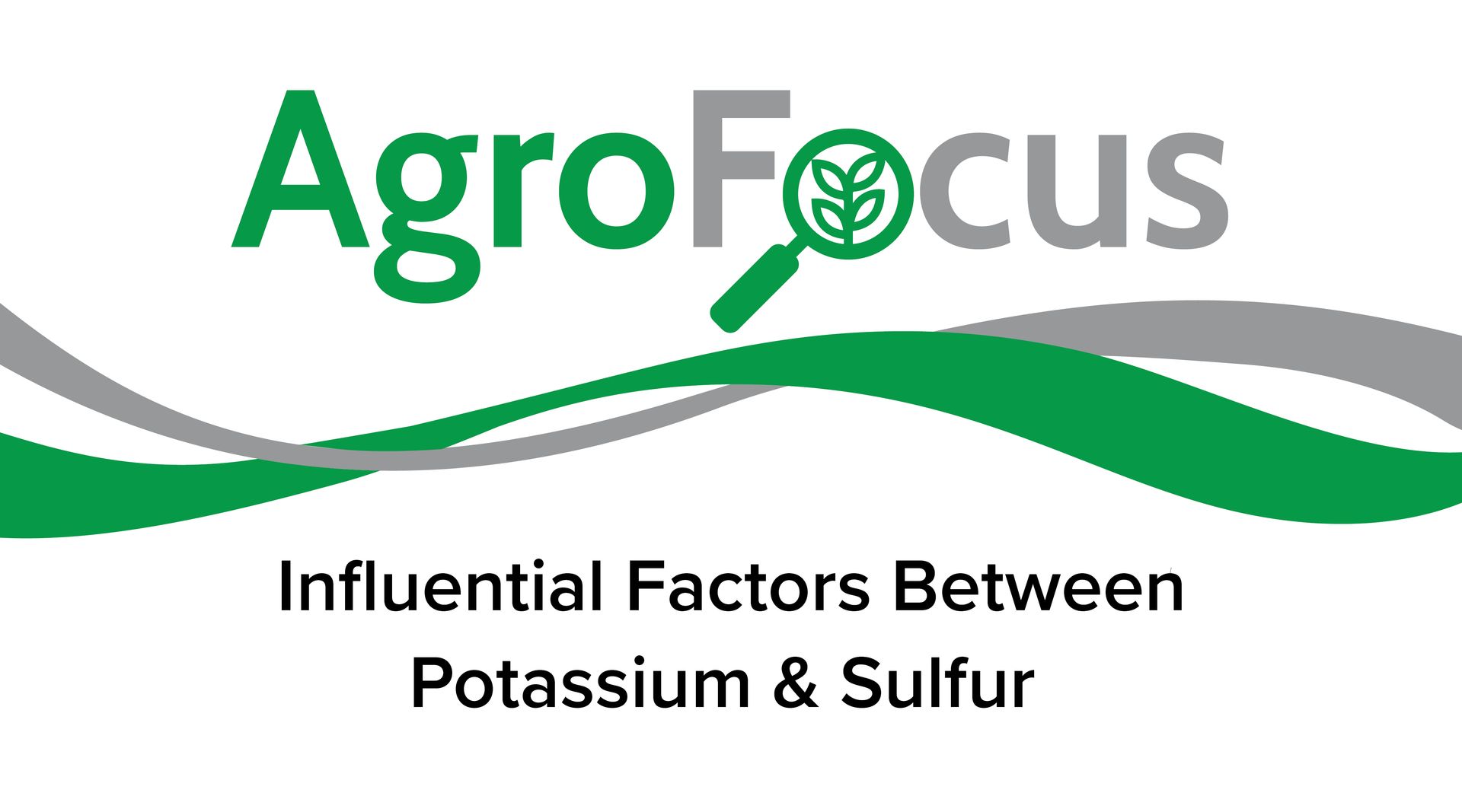Evaluating Biological Products
Biological this and Biological that, there is so much out there on the subject it can be challenging to make heads or tails about any of it and for some, it’s like comparing apples to oranges! If you’re like many of the customers that I have been talking with about the subject you find yourself interested in the technology yet not quite certain on how to evaluate the products and make a good purchase decision. If this is the case, I would like to shed a little light on the subject in the next few paragraphs. When it comes to evaluating biological products it’s like many other choices that you find yourself making on the farm. The quality of the product in terms of purity, the intended purpose of the product and the numbers of viable colony forming units or the workforce are the primal concerns. Let me take these one at a time here and explain why I say this. The purity of the product is rather critical, especially if you consider the intended purpose. Consider this, many of us spend a good deal of time making our choice for seed products. Why? Well, you know how important it is to pick the right traits, place them well and include some sort of risk management built into your selection through diversity within your selections. Choosing the right microbiology can be similar in many ways, for instance. If you look at the labels on many of these products you will begin to notice that there is a wide range of biological choices. Some products are simply leachate from some type of composted matter so generally speaking, those products possess a wide range of species, some being beneficial and some are not. Other forms of these products do a little better job of including a more stream lined inventory of strains with a better focus on function but even then, some only include a single strain. The species or strain of microbiology that is included is of upmost importance. The strains in our Rhyzo-Link products for instance are chosen for the specific purpose they bring to the field. They are then cultured so we have a pure strain to add to our fertilizer products; this form of biology is often referred to as PGPR’s or Plant Growth Promoting Rhizobacteria. Another unique feature of the microbiology in our Rhyzo-Link products are that they are in an endospore state. Simply put, they are surrounded by a shell if you will, that will add protection from harsh conditions in the cropping environment or in a fertilizer solution. The endospore state enables our biology to survive up to eighteen months in our fertilizer products without any appreciable mortality! Comparatively speaking, our competitors’ products that supply only live biology will live in solution with fertilizer or in harsh conditions only a short period of time, in some cases only hours! The last consideration is the number of colonies, traditionally referred to as cfu/ml or colony forming units per milliliter. These are normally expressed in scientific notation like 5 x 106 cfu/ml for instance as in our RL 3-10-13 product. That value, when computed is equal to 18,927,058,920 colony forming units of just one of the strains in a gallon of product. Oh, by the way, did I mention that our Polymicrobial contains 8 very unique and individual strains of biology each supplying similar numbers of colonies! To put this into perspective, one of our competitor’s product only contains 3,785,411 cfu’s of total microbiology in their entire gallon of product. Let’s summarize these thoughts. You want to look for a product that is built with purpose. Look for a product that has multiple pure strains that are chosen because of the specific purpose they bring to the field. Choose one where the biology is in the endospore state, this will preserve viability and one that has a population large enough to promote strong colonization which is the entire focus for using these type of products in the first place. NACHURS has engineered three products featured by our Rhyzo-Link technology; Rhyzo-Link 9-15-3 …. Rhyzo-Link 3-10-13 and Rhyzo-Link 0-0-15. All three products are foundationed with the PowerBlend Polymicrobial bringing such attributes to crop production as greater mineralization and solubilization of organic and inorganic phosphorus, supporting nutrient uptake and retention, improving root development and encouraging autoimmune responses. Synergistic features that bring added value to your cropping systems. -Jay Castleman, Eastern US Sales Agronomist
Biological this and Biological that, there is so much out there on the subject it can be challenging to make heads or tails about any of it and for some, it’s like comparing apples to oranges!
If you’re like many of the customers that I have been talking with about the subject you find yourself interested in the technology yet not quite certain on how to evaluate the products and make a good purchase decision. If this is the case, I would like to shed a little light on the subject in the next few paragraphs.
When it comes to evaluating biological products it’s like many other choices that you find yourself making on the farm. The quality of the product in terms of purity, the intended purpose of the product and the numbers of viable colony forming units or the workforce are the primal concerns. Let me take these one at a time here and explain why I say this.
The purity of the product is rather critical, especially if you consider the intended purpose. Consider this, many of us spend a good deal of time making our choice for seed products. Why? Well, you know how important it is to pick the right traits, place them well and include some sort of risk management built into your selection through diversity within your selections.
Choosing the right microbiology can be similar in many ways, for instance. If you look at the labels on many of these products you will begin to notice that there is a wide range of biological choices. Some products are simply leachate from some type of composted matter so generally speaking, those products possess a wide range of species, some being beneficial and some are not. Other forms of these products do a little better job of including a more stream lined inventory of strains with a better focus on function but even then, some only include a single strain. The species or strain of microbiology that is included is of upmost importance. The strains in our Rhyzo-Link products for instance are chosen for the specific purpose they bring to the field. They are then cultured so we have a pure strain to add to our fertilizer products; this form of biology is often referred to as PGPR’s or Plant Growth Promoting Rhizobacteria.
Another unique feature of the microbiology in our Rhyzo-Link products are that they are in an endospore state. Simply put, they are surrounded by a shell if you will, that will add protection from harsh conditions in the cropping environment or in a fertilizer solution.
The endospore state enables our biology to survive up to eighteen months in our fertilizer products without any appreciable mortality! Comparatively speaking, our competitors’ products that supply only live biology will live in solution with fertilizer or in harsh conditions only a short period of time, in some cases only hours!
The last consideration is the number of colonies, traditionally referred to as cfu/ml or colony forming units per milliliter. These are normally expressed in scientific notation like 5 x 10 6 cfu/ml for instance as in our RL 3-10-13 product. That value, when computed is equal to 18,927,058,920 colony forming units of just one of the strains in a gallon of product. Oh, by the way, did I mention that our Polymicrobial contains 8 very unique and individual strains of biology each supplying similar numbers of colonies! To put this into perspective, one of our competitor’s product only contains 3,785,411 cfu’s of total microbiology in their entire gallon of product.
Let’s summarize these thoughts. You want to look for a product that is built with purpose. Look for a product that has multiple pure strains that are chosen because of the specific purpose they bring to the field. Choose one where the biology is in the endospore state, this will preserve viability and one that has a population large enough to promote strong colonization which is the entire focus for using these type of products in the first place.
NACHURS has engineered three products featured by our Rhyzo-Link technology; Rhyzo-Link 9-15-3 …. Rhyzo-Link 3-10-13 and Rhyzo-Link 0-0-15. All three products are foundationed with the PowerBlend Polymicrobial bringing such attributes to crop production as greater mineralization and solubilization of organic and inorganic phosphorus, supporting nutrient uptake and retention, improving root development and encouraging autoimmune responses. Synergistic features that bring added value to your cropping systems.
-Jay Castleman, Eastern US Sales Agronomist










